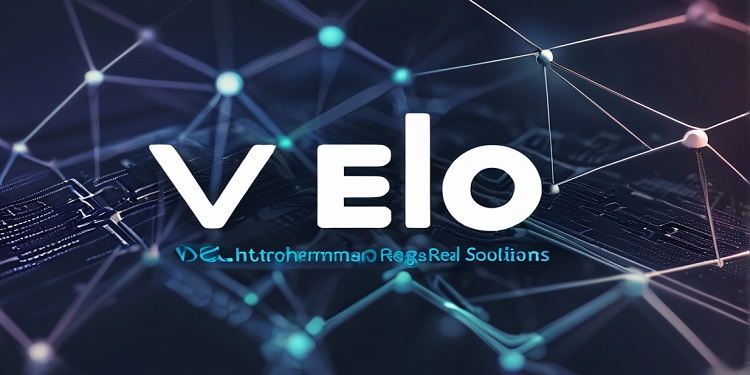Velo, a leader in blockchain technology, has unveiled its latest Litepaper, emphasizing the integration of Real-World Assets (RWA) and PayFi into the blockchain space. This strategic upgrade is aimed at enhancing the liquidity and accessibility of traditional assets, while also bridging the gap between Web2 loyalty programs and Web3 ecosystems. Velo’s new approach allows clients to seamlessly access these digital tools, marking a significant step towards blockchain adoption in everyday finance.
In its Litepaper, Velo outlines a vision for fostering innovation by facilitating the ownership and trading of fractionalized tokenized real-world assets. These assets include a wide range of traditional financial instruments, such as treasury bills, gold, and receivables. By tokenizing these high-value assets, Velo aims to make them more accessible to average investors, addressing the common challenges associated with illiquid commodities like real estate. The official launch was shared with the community via social media platform X, where Velo emphasized its focus on blockchain innovation using RWAs and PayFi technology.
Solving Real-World Asset Liquidity Issues
Velo’s innovative solution addresses the major problems associated with the tokenization of real-world assets. Traditionally, commodities such as real estate have been difficult to access due to their illiquid nature and high entry costs. Velo’s platform allows users to own fractions of these assets, significantly improving liquidity and democratizing access. By fractionalizing assets, Velo empowers users to engage in asset ownership that would otherwise be limited to large-scale investors. The ability to trade these assets on a decentralized exchange, accessible 24/7 from anywhere in the world, further enhances this accessibility by eliminating the need for intermediaries, thereby reducing costs and improving efficiency.
Introducing PayFi: Bridging Web2 and Web3 Loyalty Programs
Beyond asset tokenization, Velo’s Litepaper also highlights PayFi, a unique solution that connects traditional Web2 loyalty programs with decentralized Web3 ecosystems. In many traditional loyalty systems, points are restricted to specific merchants, limiting their utility and value. Velo’s PayFi system solves this issue by allowing loyalty points to exist across both Web2 and Web3 environments. Users can now redeem their points not only for real-world products but also within decentralized applications, providing far greater flexibility and utility.
This innovative system introduces a new layer of liquidity and flexibility for loyalty points. Users can swap their points on decentralized exchanges or utilize them for trading and staking within the Velo ecosystem. This dual-functionality creates opportunities for users to unlock greater value from their loyalty points, increasing their overall utility. The introduction of PayFi reflects Velo’s broader ambition to offer a seamless experience between traditional finance and blockchain technology.
🚀 Big update, Velorians!
We’ve just dropped our brand-new Litepaper on the website! It's packed with all the details on how we’re shaking things up with Real-World Assets (RWA) and PayFi — plus, we’re blending the best of Web2 and Web3 with some seriously cool tech 💡🌐… pic.twitter.com/eXbHcvggOq
— Velo Official (@veloprotocol) October 12, 2024
Simplifying Crypto Payments and Asset Management
Velo’s Litepaper also emphasizes the broader applications of its tokenized assets and PayFi, with a focus on simplifying the complexities often associated with crypto payments. By combining blockchain technology with more familiar, everyday payment systems, Velo aims to make crypto transactions easier for a wider audience. The solution is designed to support real-world use cases, helping users effectively manage their digital assets while bridging the gap between Web3 innovations and traditional financial systems.
The ability to streamline payments and asset management using blockchain technology further empowers users to navigate the complex world of decentralized finance with greater ease. By offering simplified, user-friendly solutions, Velo is positioning itself as a key player in advancing the adoption of blockchain for practical financial purposes. This approach will likely resonate with a broad range of users, from seasoned crypto enthusiasts to newcomers looking to integrate digital assets into their everyday transactions.
Revolutionizing Access to Traditional Assets
Through its latest Litepaper, Velo is setting the stage for a more integrated future, where blockchain technology plays a pivotal role in transforming traditional finance. The ability to tokenize real-world assets and bridge loyalty programs between Web2 and Web3 environments represents a significant leap forward in blockchain’s application. As Velo continues to drive these innovations, it is likely to see widespread adoption in both asset management and payment systems, further closing the gap between decentralized finance and the traditional financial world.
